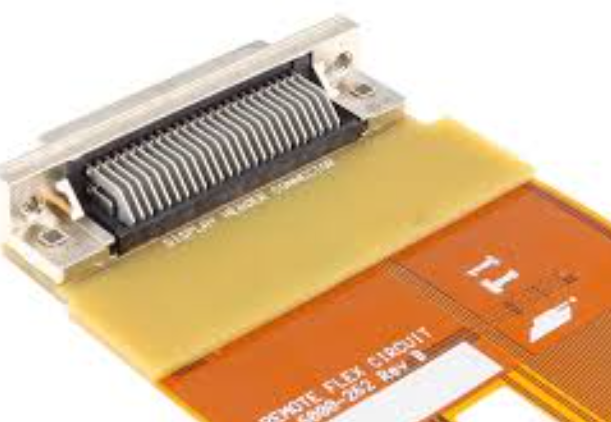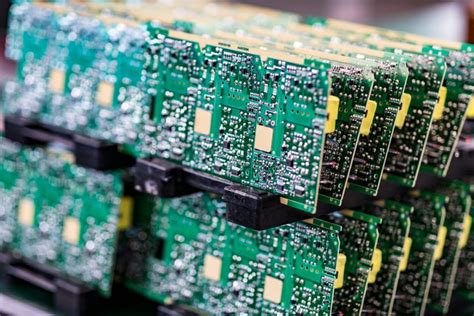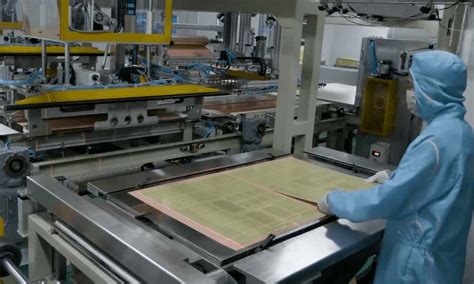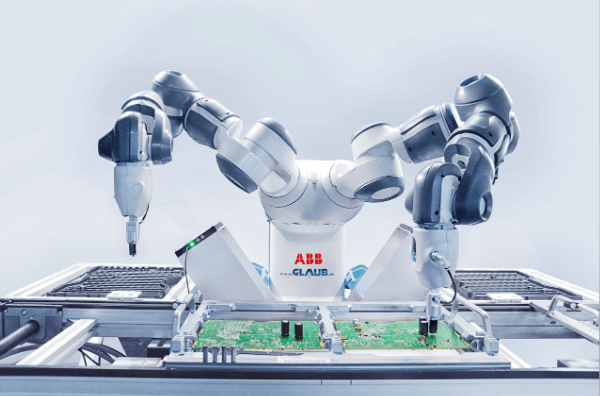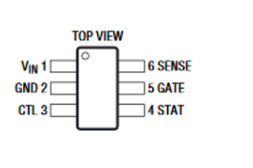High-frequency PCB interference problems and solutions
In actual research, we summarize that there are four main types of interference, mainly power supply noise, transmission line interference, coupling, and electromagnetic interference (EMI). By analyzing various interference problems of high-frequency PCBs and combining work practice, effective solutions are proposed.
1.Power supply noise
In high-frequency circuits, the noise carried by the power supply has a particularly obvious impact on high-frequency signals. Therefore, the power supply is first required to be low-noise. Here, a clean ground is as important as a clean power supply.
Why? The power supply characteristics are shown in Figure 1. Obviously, the power supply has a certain impedance, and the impedance is distributed over the entire power supply, so the noise will also be superimposed on the power supply. Then we should reduce the impedance of the power supply as much as possible, so it is best to have a dedicated power supply layer and ground layer. In high-frequency circuit design, the power supply is designed in the form of a layer, which is much better than designing it in the form of a bus in most cases, so that the loop can always follow the path with the least impedance. In addition, the power board must provide a signal loop for all signals generated and received on the PCB, which can minimize the signal loop and reduce noise, which is often overlooked by low-frequency circuit designers.

There are several ways to eliminate power supply noise in PCB design.
Pay attention to the through holes on the board:
through holes require openings to be etched on the power layer to leave space for the through holes to pass through. If the opening of the power layer is too large, it will inevitably affect the signal loop, the signal is forced to bypass, the loop area increases, and the noise increases. At the same time, if some signal lines are concentrated near the opening and share this loop, the common impedance will cause crosstalk.
The connection line needs enough ground wires:
each signal needs to have its own dedicated signal loop, and the loop area of the signal and the loop is as small as possible, that is, the signal and the loop should be parallel.
The power supply of analog and digital power supply should be separated:
high-frequency devices are generally very sensitive to digital noise, so the two should be separated and connected together at the entrance of the power supply. If the signal needs to cross the analog and digital parts, a loop can be placed at the signal crossing to reduce the loop area.
Avoid overlapping of separate power supplies between different layers:
otherwise, circuit noise can easily be coupled through parasitic capacitance.
Isolate sensitive components: such as PLL.
Place the power line: To reduce the signal loop, place the power line next to the signal line to reduce noise.
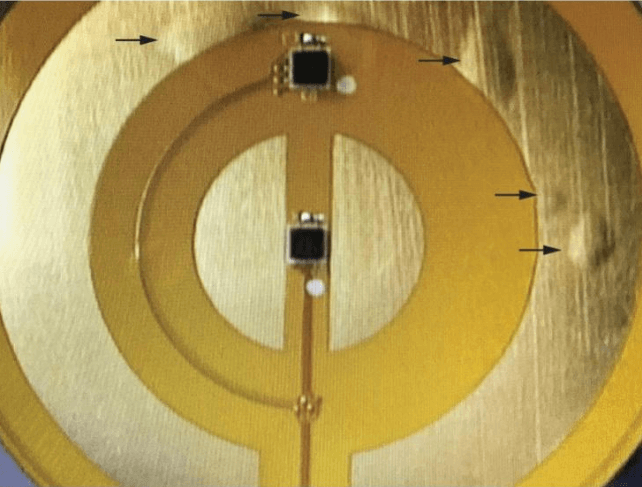
2.Transmission line
Only two types of transmission lines can appear in PCB: strip line and microwave line. The biggest problem of transmission line is reflection. Reflection will cause many problems. For example, the load signal will be the superposition of the original signal and the echo signal, which increases the difficulty of signal analysis; reflection will cause echo loss (return loss), which has the same serious impact on the signal as additive noise interference:
Signal reflection back to the signal source will increase system noise, making it more difficult for the receiver to distinguish noise from signal;
Any reflected signal will basically reduce the signal quality and change the shape of the input signal. In principle, the solution is mainly impedance matching (for example, the interconnection impedance should be very matched with the impedance of the system), but sometimes the impedance calculation is more troublesome. You can refer to some transmission line impedance calculation software.
The following are the methods to eliminate transmission line interference in PCB design:
(a) Avoid impedance discontinuity of transmission lines.
Impedance discontinuity points are points where the transmission line suddenly changes, such as straight corners, vias, etc., which should be avoided as much as possible. Methods include: avoid straight corners of the routing, and try to use 45° angles or arcs, and large angles are also acceptable; use vias as little as possible, because each via is an impedance discontinuity point, and avoid the outer layer signal passing through the inner layer, and vice versa.
(b) Do not use stubs. Because any stub is a noise source.
If the stub is short, it can be terminated at the end of the transmission line; if the stub is long, it will use the main transmission line as the source, produce a large reflection, and complicate the problem. It is recommended not to use it.
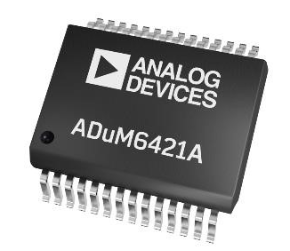
3.Coupling
Common impedance coupling: It is a common coupling channel, that is, the interference source and the interfered device often share certain conductors (such as loop power supply, bus, common ground, etc.).
Field common mode coupling will cause the radiation source to cause common mode voltage on the loop formed by the interfered circuit and the common reference plane. If the magnetic field is dominant, the value of the common-mode voltage generated in the series ground loop is Vcm=-(△B/△t)area (△B in the formula = the change in magnetic induction intensity). If it is an electromagnetic field, when its electric field value is known, its induced voltage is: Vcm=(LhFE)/48. The formula is applicable to L(m)=150MHz or less. Beyond this limit, the calculation of the maximum induced voltage can be simplified to: Vcm=2hE.
Differential mode field coupling: refers to the direct radiation being induced and received by the leads on the wire pair or circuit board and its loop. If the two wires are as close as possible. This coupling will be greatly reduced, so the two wires can be twisted together to reduce interference.
Inter-wire coupling (crosstalk) can cause any wire equal to the parallel circuit to have undesirable coupling, which will greatly damage the performance of the system in severe cases. Its types can be divided into capacitive crosstalk and inductive crosstalk. The former is because the parasitic capacitance between the lines makes the noise on the noise source coupled to the noise receiving line through the injection of current; the latter can be imagined as the coupling of the signal between the primary and secondary of an undesirable parasitic transformer. The size of the inductive crosstalk depends on the proximity of the two loops, the size of the loop area, and the impedance of the affected load.
Power line coupling: It means that after the AC or DC power line is subjected to electromagnetic interference, the power line transmits these interferences to other devices.
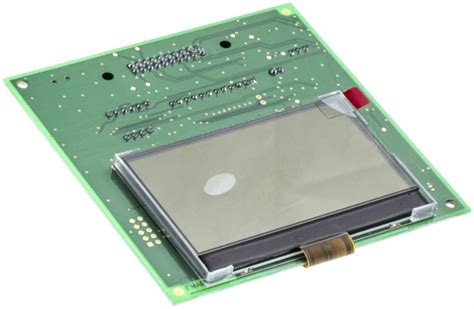
4.There are several ways to eliminate crosstalk in PCB design:
The size of both types of crosstalk increases with the increase of load impedance, so the signal lines sensitive to interference caused by crosstalk should be properly terminated.
Increasing the distance between signal lines as much as possible can effectively reduce capacitive crosstalk. Manage the ground layer, space between wiring (for example, isolate the active signal line and the ground line, especially the signal line and the ground where the state jumps) and reduce the lead inductance.
Inserting a ground wire between adjacent signal lines can also effectively reduce capacitive crosstalk. This ground wire needs to be connected to the ground layer every 1/4 wavelength.
For inductive crosstalk, the loop area should be minimized as much as possible, and if allowed, the loop should be eliminated.

5.Avoid signal sharing loops.
Pay attention to signal integrity: Designers need to achieve termination during the welding process to solve signal integrity. Designers who adopt this method can focus on the microstrip length of the shielding copper foil to obtain good signal integrity performance. For systems with dense connectors in communication structures, designers can use a PCB for termination.
Electromagnetic interference
With the increase in speed, EMI will become more and more serious and manifest in many aspects (such as electromagnetic interference at the interconnection). High-speed devices are particularly sensitive to this, and they will receive high-speed false signals, while low-speed devices will ignore such false signals.
6.There are several ways to eliminate electromagnetic interference in PCB design:
Reduce loops: Each loop is equivalent to an antenna, so we need to minimize the number of loops, the area of the loops, and the antenna effect of the loops. Ensure that the signal has only one loop path between any two points, avoid artificial loops, and try to use the power layer.
Filtering: Filtering can be used on both the power line and the signal line to reduce EMI. There are three methods: decoupling capacitors, EMI filters, and magnetic components.
Shielding. Due to space constraints and the large number of articles discussing shielding, I will not introduce it in detail.
Try to reduce the speed of high-frequency devices.
Increasing the dielectric constant of the PCB board can prevent high-frequency parts such as transmission lines close to the board from radiating outward; increasing the thickness of the PCB board and minimizing the thickness of the microstrip line can prevent the overflow of electromagnetic lines and also prevent radiation.
At this point, we can summarize that in high-frequency PCB design, we should follow the following principles:
Unification and stability of power supply and ground.
Carefully considered wiring and appropriate termination can eliminate reflections.
Carefully considered wiring and appropriate termination can reduce capacitive and inductive crosstalk.
Noise suppression is required to meet EMC requirements.

